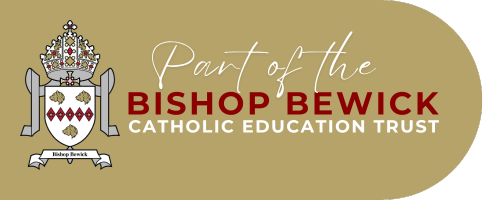
CURRICULUM OVERVIEW
WHAT MAKES OUR CURRICULUM AT ST STEPHEN'S
Rationale and Intent
In broad terms, we define our curriculum as the lived experience of a child whilst in our school. It is our view that every encounter, interaction and activity (planned, spontaneous or incidental) are components of our curriculum and each has great worth in helping children learn.
Our taught curriculum is the planned element and, as such, we use the national curriculum as the main driver. Subjects are taught discretely rather than within a ‘topic’ based approach, which enables us to ensure appropriate coverage in a meaningful and authentic manner. This is achieved through delivering units of study by aligning them to specific themes or disciplines within that subject. The planning process enables teachers to draw on meaningful links with prior learning so that pupils can build and add to their knowledge base each time they meet a particular theme. Additionally, teachers ensure that prior, or associated knowledge from other subject areas is drawn on as a way of helping pupils build solid links and connections as a means of reinforcing learning and understanding as well as applying it in different contexts.
Within each unit of study, key knowledge and skills to be acquired by pupils are identified and broken down into smaller chunks so pupils have sufficient time to explore, absorb and understand material presented. This is because the acquisition of knowledge and skills are interrelated and effective pupil learning and retention requires both elements to be present. For example, if pupils are to research a particular aspect of history regarding Roman times to broaden their knowledge, they need to have the necessary skills to carry out and conduct that research.
Our curriculum is constructed so that progression in skills and knowledge are clearly mapped out from Nursery through to Year 6. As part of our planning, we have consulted with colleagues in key stage 3 so that our curriculum helps prepare pupils for transition to high school.
Implementation
This element is essentially focused on delivery and the day-to-day learning experiences we provide for our children. As mentioned at the beginning of this document, it is the lived experience of each child. Therefore, teachers, although autonomous in how they choose to impart knowledge, select and use resources as well as construct and deliver learning sequences, must, while doing this, strive to do so in the spirit of our mission statement. However, there are some key principles to be considered in short term planning and lesson delivery:
-
Ensuring that learning is underpinned by specific subject specific themes (*DT &MFL)
-
Authentic outcomes punctuate each unit of study
-
Key ‘learning points’ are identified and feed into ongoing curriculum progression
-
Study unit intentions and outcomes are summarised in pupil friendly formats.
As well as the principles above, adults should also be mindful of the agreed policy statements relating to the following:
-
Teaching and learning
-
Assessment and Feedback
-
Relationships and behaviour
-
Equal opportunities
-
Special Educational Needs
Teachers use the long-term curriculum overviews to construct logical and cohesive learning sequences. These sequences may, at the teacher’s discretion, consist of some overlearning or repeated learning from previous related learning. Teachers will be aware of what prior learning has taken place and what associated knowledge may be useful to draw on. They will also be very clear about how current learning is preparing children for future learning. This effectively ensures progression, appropriate levels of challenge for all pupils and supports the contextual position of the learning within the bigger learning journey. Essentially, the learning journey our pupils take, will see them knowing more and doing more at each stage.Where necessary, teachers will consult with the SENDCos to ensure that learning opportunities for pupils with special educational needs are suitably challenging and inclusive.





